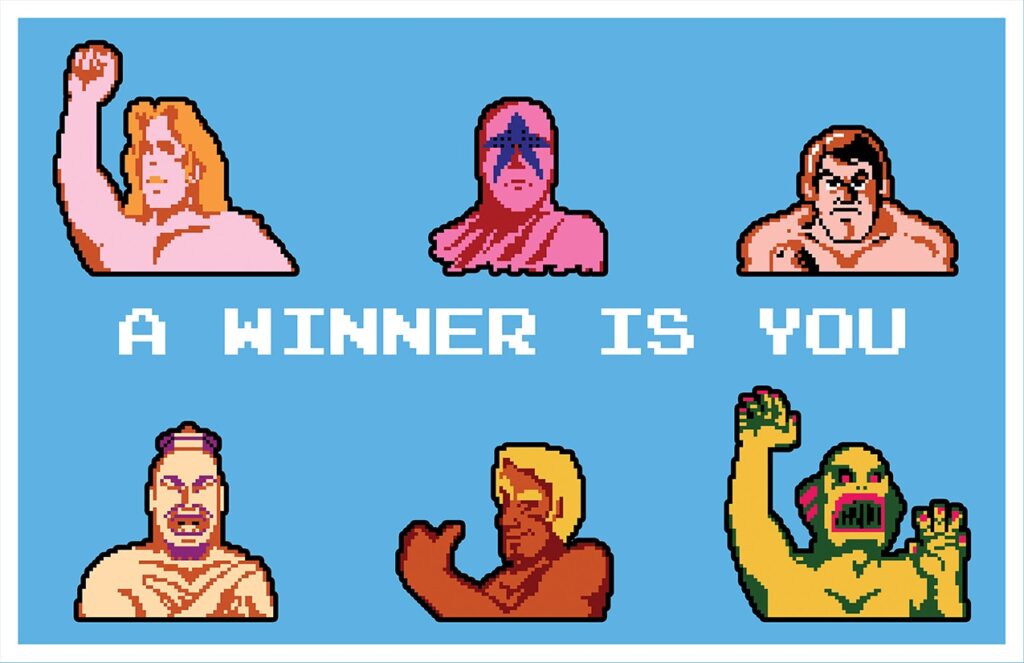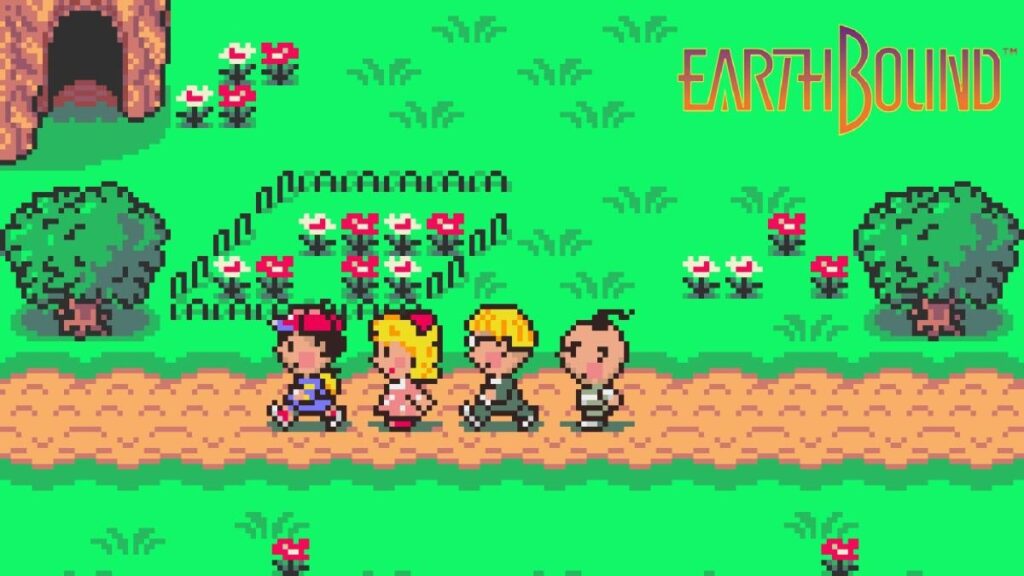In the 1990s, gaming was booming — but global gaming was still in its infancy.
Japanese developers were creating masterpieces, yet many of these games had to cross oceans, languages, and cultures before reaching players in the West.
This process wasn’t as simple as translating text. It was localization — a complex, creative act that required rewriting jokes, redrawing sprites, and reimagining entire stories for different audiences.
And in the ‘90s, localization was wild.
At Oldies Nest, we’re diving into the fascinating, sometimes hilarious, and often heroic history of how localization teams in the ‘90s turned Japanese hits into global sensations — and occasionally, glorious messes.
From Literal Translation to Cultural Transformation
When gaming first went global, localization was an afterthought.
Many early NES and SNES games were rushed through translation by programmers or interns with limited English skills. The results?
Iconic lines like:

- “A WINNER IS YOU!” (Pro Wrestling, NES)
- “All your base are belong to us.” (Zero Wing, Sega Genesis)
These mistranslations became legendary memes decades later, but at the time, they reflected a deeper truth — localization wasn’t yet recognized as an art.
By the early ‘90s, as RPGs like Final Fantasy, Chrono Trigger, and Secret of Mana reached Western audiences, companies began realizing that translation could make or break a game’s success.
Localization wasn’t just about accuracy — it was about emotion.
Why the 90s Changed Everything
Three major factors made localization a defining challenge of the ‘90s:
- Text-heavy games.
RPGs and adventure titles were storytelling-driven. Games like Final Fantasy VI and EarthBound had scripts rivaling novels. - Hardware limitations.
Translators had to fit English text into tiny memory spaces originally designed for shorter Japanese words. - Cultural context.
Humor, idioms, and references didn’t always translate. What was funny in Tokyo might fall flat in Texas.
Localization teams had to rewrite, not just translate — adapting context without losing heart.
As we discussed in The Influence of Japanese Gaming Culture in the 80s and 90s, this era was when Japanese storytelling met Western audiences head-on, shaping the tone of gaming for decades.
The Heroes Behind the Screens
In the 1990s, localization teams were small — often one or two people handling everything: translation, editing, programming, and cultural adaptation.
Ted Woolsey (SquareSoft)
Perhaps the most famous ‘90s translator, Ted Woolsey handled Final Fantasy VI, Chrono Trigger, and Secret of Mana.

His witty, creative approach turned technical limitations into magic. Unable to fit long sentences, he wrote shorter, snappier dialogue that gave each character personality.
Lines like “Son of a submariner!” (FFVI) became fan favorites.
Woolsey’s style made Japanese RPGs feel Western without losing their soul — a delicate balance that shaped the genre’s global appeal.
Richard Honeywood (Square / Blizzard)
A linguistic genius who later built Square’s internal localization division, Honeywood pushed for standardized terminology and cultural consistency across franchises.
Thanks to his groundwork, Final Fantasy and Dragon Quest translations evolved from quirky imports into polished, story-driven experiences.
The Art of Adaptation: What “Localization” Really Meant
Localization in the 90s was like restoring a painting with new colors.
Teams often had to:
- Redraw sprites (removing religious or political imagery).
- Change names (e.g., “Salamander” became “Grim Reaper”).
- Rewrite humor for Western audiences.
- Alter foods or objects — rice balls became “donuts” in Pokémon and EarthBound.
Some fans call these edits censorship. Others see them as survival — the only way to make games understandable and acceptable in new markets.
Localization was storytelling through translation.
Iconic Examples — The Good, the Bad, and the Glorious
EarthBound (1995)
Few localizations were as bold or bizarre as EarthBound.

Translator Marcus Lindblom and his team packed it with American pop culture, satire, and heart.
From billboard ads reading “We’re Not OK!” to characters quoting Beatles lyrics, it became an authentic reflection of ‘90s Americana — through a Japanese lens.
Though initially underappreciated, its quirky localization helped EarthBound become a cult classic worldwide.
Final Fantasy VI (1994)
Woolsey’s translation compressed thousands of Japanese characters into a fraction of the space.
He made Kefka’s lines theatrical, Terra’s dialogue human, and Cyan’s old-English speech unforgettable.
The result wasn’t literal — it was legendary. Fans now affectionately call it the “Woolsey Era” of translation.
As explored in Best Retro RPGs, the localization of Final Fantasy VI was one reason JRPGs gained cultural traction in the West.
Metal Gear Solid (1998)
This was localization’s coming of age.
Hideo Kojima’s dialogue-heavy masterpiece demanded nuance, tone, and cinematic flair.
The English localization, led by Jeremy Blaustein, nailed it.
It preserved the game’s complexity while making characters like Solid Snake and Liquid Snake resonate with Western audiences.
For the first time, localization was treated as performance writing, not just technical work.
Lost in Translation — When It Went Wrong
Not all localizations struck gold.
Some 90s games suffered from mistranslations so bad they became infamous:
- Zero Wing’s “All your base are belong to us.”
- Ghosts ‘n Goblins’ “Congraturation! This story is happy end.”
These blunders, though unintentional, became cultural touchstones. They revealed how early gaming operated without QA pipelines, editing passes, or localization budgets.
Yet ironically, those mistakes gave the retro era its charm — proof that games were global experiments in communication.
Localization and Cultural Sensitivity
In the ‘90s, Western publishers were cautious about religious symbols, violence, and sexual imagery.
Nintendo of America, for example, had strict guidelines prohibiting crosses, alcohol, or political references.
This led to curious edits, like turning “church” into “clinic” or “beer” into “juice.”
But it wasn’t always censorship — sometimes it was survival.
Games had to navigate vastly different social norms, making localization as much about cultural empathy as language.
It was imperfect, but necessary — and it laid the groundwork for the inclusive, multi-language releases we have today.
Preservation and the Legacy of Translation
Many original localizations are now historical artifacts in themselves.
Fan communities preserve both official and fan-translated versions, comparing differences and celebrating creativity under constraint.
Projects like Mother 3’s fan translation or Final Fantasy V’s re-localization show how deeply players care about authenticity.
Preserving old translations isn’t just about nostalgia — it’s about honoring the craftsmanship that bridged cultures.
The Lasting Impact of 90s Localization
Localization in the ‘90s didn’t just make games understandable — it made them beloved.
Without it, Final Fantasy, Pokémon, and Metal Gear might have remained regional curiosities instead of global icons.
It was the decade when translators became storytellers, and games became universal languages of fun.
Their work shaped the emotional vocabulary of gaming — laughter, awe, sadness — that transcends words entirely.
Conclusion: Translating Fun, Translating Culture
Localization in the 1990s was both messy and magnificent.
It was born in an age of trial and error, but it turned a niche Japanese market into a worldwide phenomenon.
Every typo, every adaptation, every joke rewritten for Western audiences carried a shared message — games are for everyone.
Today’s multi-language releases with perfect translations owe everything to those pioneers who worked overnight on dial-up modems, rewriting entire scripts line by line.
They didn’t just translate text.
They translated joy.
And that, truly, is the legacy of 90s game localization.




